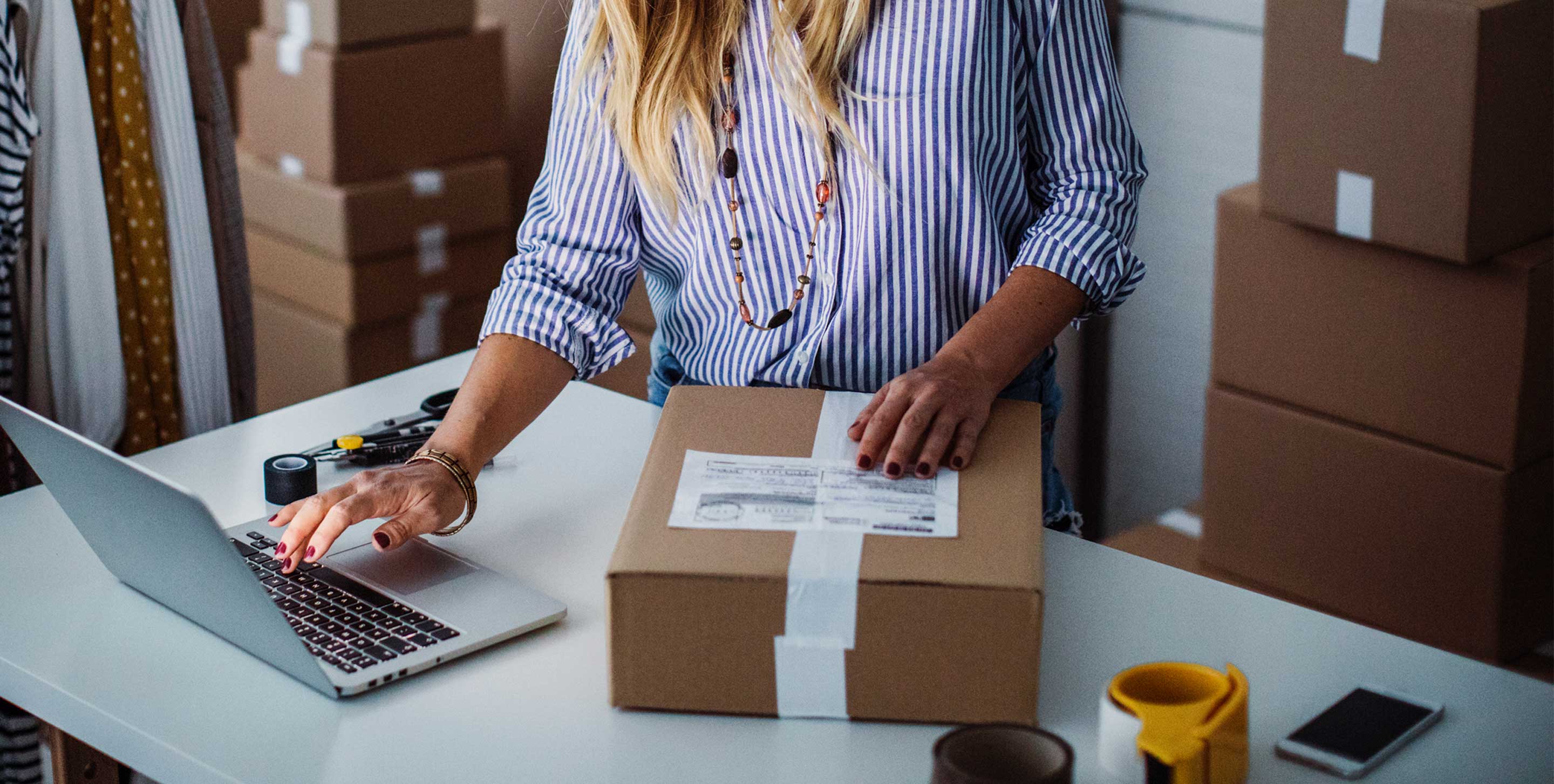5G Connectivity and Edge Computing in Retail

Edge computing and 5G connectivity are driving trends and innovations in retail. From real-time data processing to the ability to handle high traffic volumes, the technologies are allowing businesses to meet the demands of today’s customers – who increasingly expect quick and seamless buying experiences.
Customers shopping online expect a more personalised and engaging experience. We’re seeing the adoption of AI-driven personalisation, as well as augmented reality (AR) and extended reality (XR), in order to keep customers engaged.
Retail trends and how they are impacting VAT
The world of retail is constantly changing – today’s omnichannel retail experience enables shoppers to buy in different ways (e.g., purchase online and have items delivered to a store; or buy in-store and ship to home; or return an item to a store.) All these processes impact VAT, and retailers with manual or basic tax automation solutions may struggle to keep up.
However, VAT automation needn’t be an inhibitor to global sales success for omnichannel retailers. The application of edge computing in retail, combined with a tax engine, not only enables more accurate and compliant calculation of indirect tax, it also does it locally, in store or in an e-Commerce data centre, anywhere and at any time.
For e-commerce businesses with a need for a highly scalable, low latency tax solution, and in store retailers who require a high-availability checkout solution, an end-to-end solution incorporating edge computing and a tax engine for streamlined VAT calculation provides the answer.
Gaining the competitive edge with edge computing in retail
By now, we’ve heard about the benefits of cloud computing for finance and tax. In essence, cloud allows for greater process automation, improved data management and scalability (at a decreased cost). However, as we know, retail businesses have their own unique needs when it comes to reliable connectivity. Having a cloud-based retail or e-Commerce tax solution might not always fit the needs of the business.
The VAT calculation point needs to support accuracy and speed, and edge computing enables this critical processing at the point of transaction. This prevents tax automation delaying the transaction, while data and information can be held at a central point for reporting purposes.
Edge computing is fast emerging as a strong safeguard. Traditionally, with cloud applications, retailers need to make a call out to a remote server to calculate the correct indirect tax rates and rules. However, with edge computing in retail, tax teams can centralise ‘non-transaction’ tasks such as reporting, compliance, and maintenance, while moving indirect tax determination closer to the point of sale.
This is largely achieved through what we call container images; localised units containing all the tools, software and tax configuration codes required to calculate indirect tax. Each local container is customised according to its specific location’s needs, allowing tax teams to quickly deploy regional or local clusters within minutes, facilitating rapid business growth. With an edge deployment, VAT calculation is done locally, but managed via a main, central hub. This offers the convenience and cost-savings typically found in cloud environments, but with the enhanced control and speed of local deployments.
Edge computing in retail and 5G: A match made in heaven
If online retailers want to thrive today, speed is essential. Shopping experiences are becoming more elaborate, creating a need for stronger and faster networks, and if a customer meets a slow and cumbersome website, they are likely to abandon ship.
Edge computing, when paired with the faster speeds and lower latency from 5G, can help improve operational efficiency, allowing for peak performance, even during periods of high traffic, making it an ideal solution for managing e-commerce tax processes.
The ability to provide fast, scalable, secure, and more accurate tax determination, while increasing performance, helps retailers keep pace with consumers’ increasing expectations for speed and choice. Sales transactions equal revenue, so it’s essential that retailers don’t let VAT automation issues be the reason a customer abandons a purchase or becomes frustrated with the brand and doesn’t return.
Investing in back-office resilience and performance can help retailers provide their customers with the frictionless commerce experience that can help prevent buyer frustration and a purchase from being lost.
Disclaimer
Please remember that the Vertex blog provides information for educational purposes, not specific tax or legal advice. Always consult a qualified tax or legal advisor before taking any action based on this information. The views and opinions expressed in the Vertex blog are those of the authors and do not necessarily reflect the official policy, position or opinion of Vertex Inc.
Blog Author
A Tax Solution for Retail
E-Commerce increases opportunity — but it also increases tax responsibility of retailers. Our tax technology simplifies compliance while enabling retailers to expand confidently.
LEARN MORE
